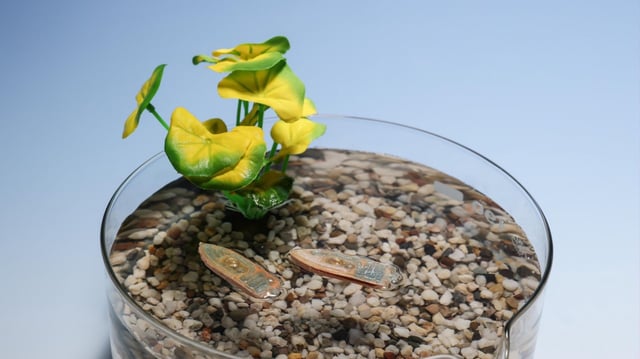Overview
- EPFL researchers have created 5 cm-long aquatic robots made entirely from fish food and biodegradable materials, eliminating the need for plastics, batteries, and electronics.
- The robots use a citric acid and baking soda reaction to produce carbon dioxide, propelling them via the Marangoni effect for several minutes on water surfaces.
- Designed to monitor water quality, the robots are envisioned to carry biodegradable sensors to measure parameters like temperature, pH, and pollutants.
- At the end of their use, the robots sink and can safely be consumed by fish or fully biodegrade in aquatic environments, leaving no waste behind.
- Future development efforts are focused on integrating edible electronics and refining the robots for broader applications, including medicated feed distribution in fish farms.

